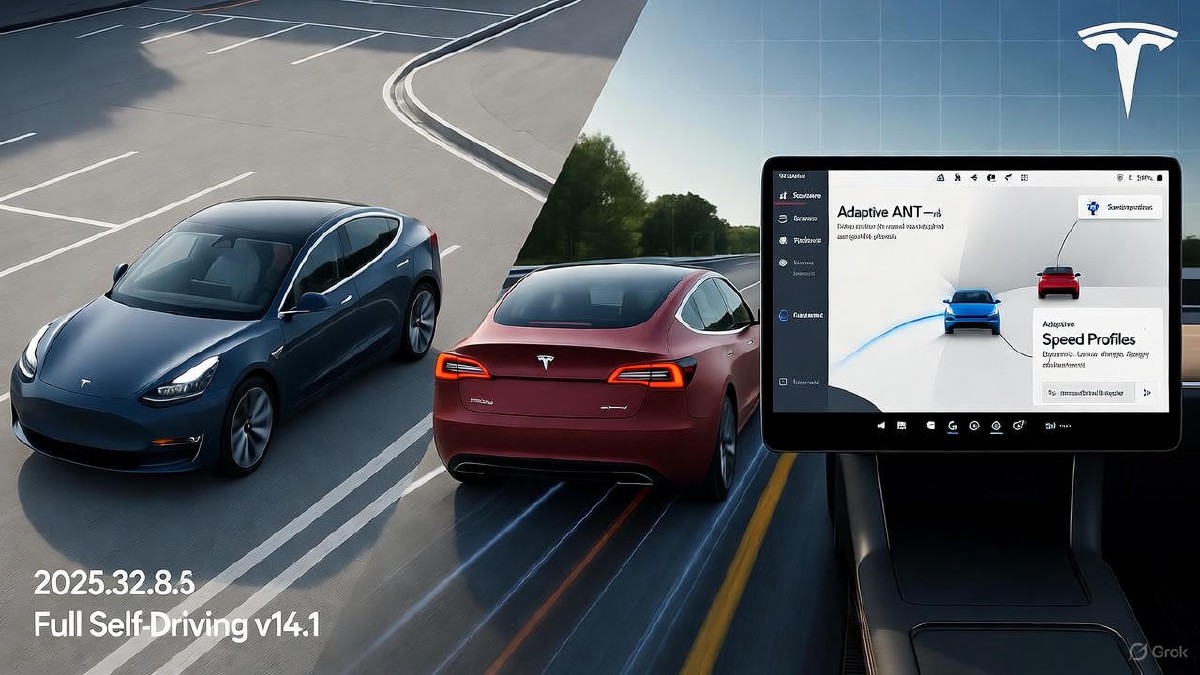Tesla’s 2025.32.8.5 update, released October 7, 2025, pushes Full Self-Driving (Supervised) v14.1 to early testers. It’s a big deal—10x the AI parameters of v12, per Elon Musk. But does it deliver? Let’s dig in.
What’s New#
The update sharpens FSD’s edge in unstructured environments. Think parking lots with tight corners or random obstacles. It now handles these with better path planning and fewer jerky moves. A new Arrival Options feature lets you set preferences: parallel park, pull in, or stop at the entrance. Speed profiles adapt dynamically—bold on highways, cautious on side streets. The UI got a cleanup too, with crisper visuals and smarter alerts for issues like occluded cameras. Summon Standby keeps your car primed for app-based parking.
The Tech Angle#
Under the hood, v14.1’s neural net is beefier, trained on more edge cases. This means fewer disengagements in complex scenarios, but it’s still supervised—don’t expect to nap. Tesla’s betting on scale: more parameters, more data, better predictions. Early data shows only 0.02% of the fleet has it, so real-world feedback is thin. HW3/HW4 vehicles are prioritized, and v14.2/14.3 are already in the pipeline.
Why It Matters#
For developers and techies, this is a case study in scaling AI for real-time decision-making. FSD’s progress hints at what’s possible when compute meets data. But the gap to full autonomy remains. If you’re building similar systems, watch Tesla’s iteration speed—v14.1 took 300+ days from v12.
The Catch#
Musk’s hype is loud, but supervised mode means you’re still the backup driver. Worth the FSD price tag? That’s your call.


